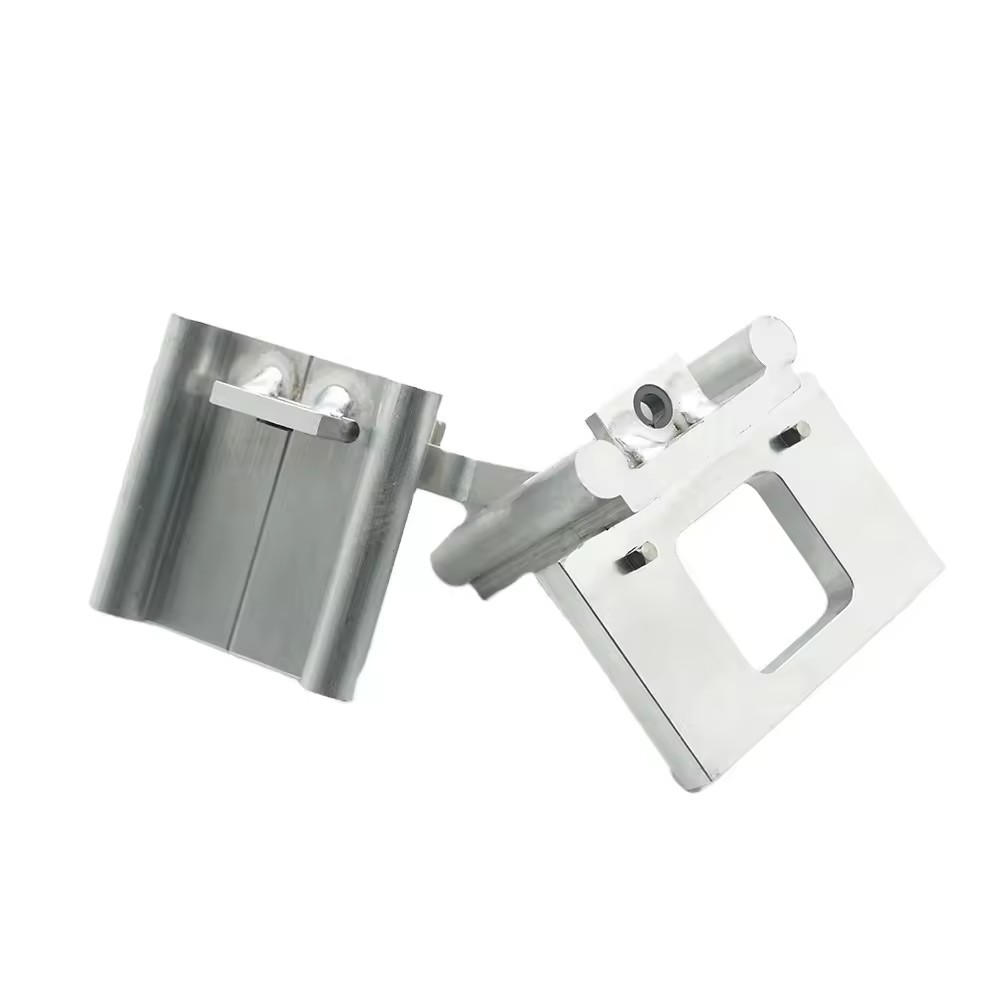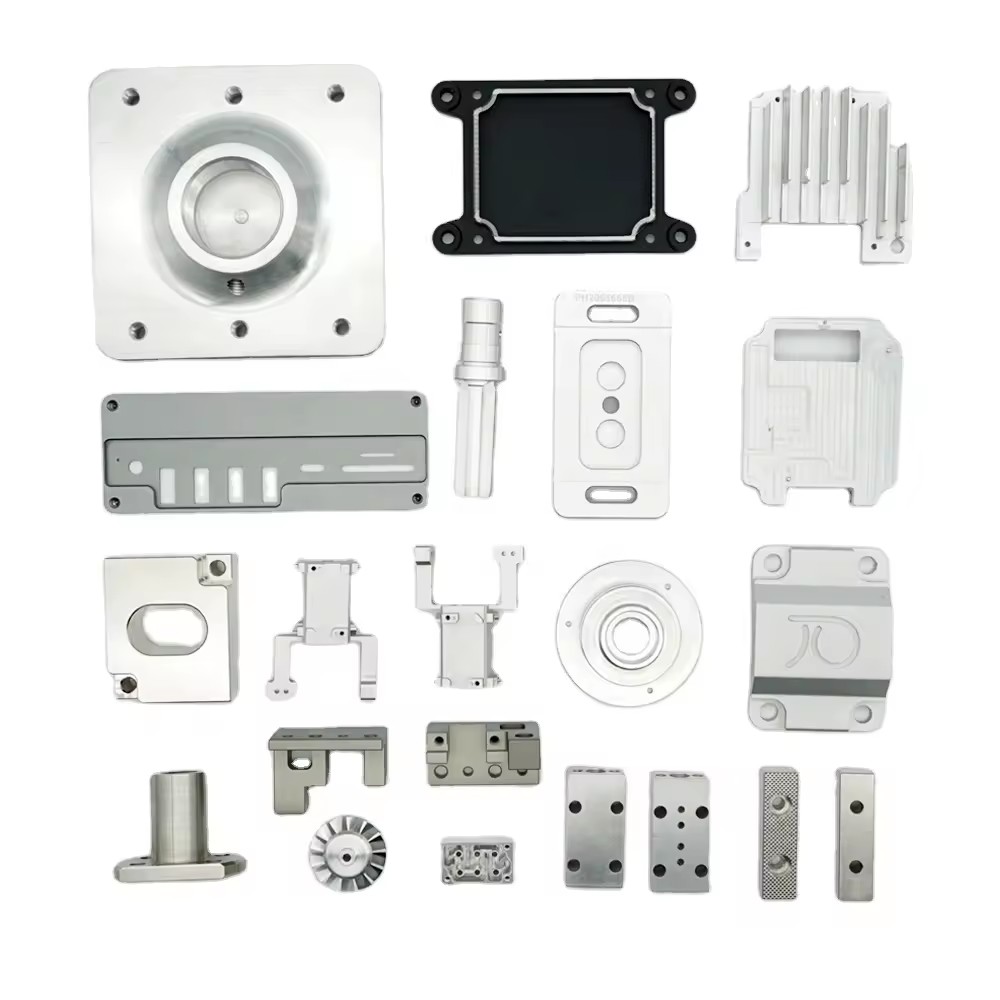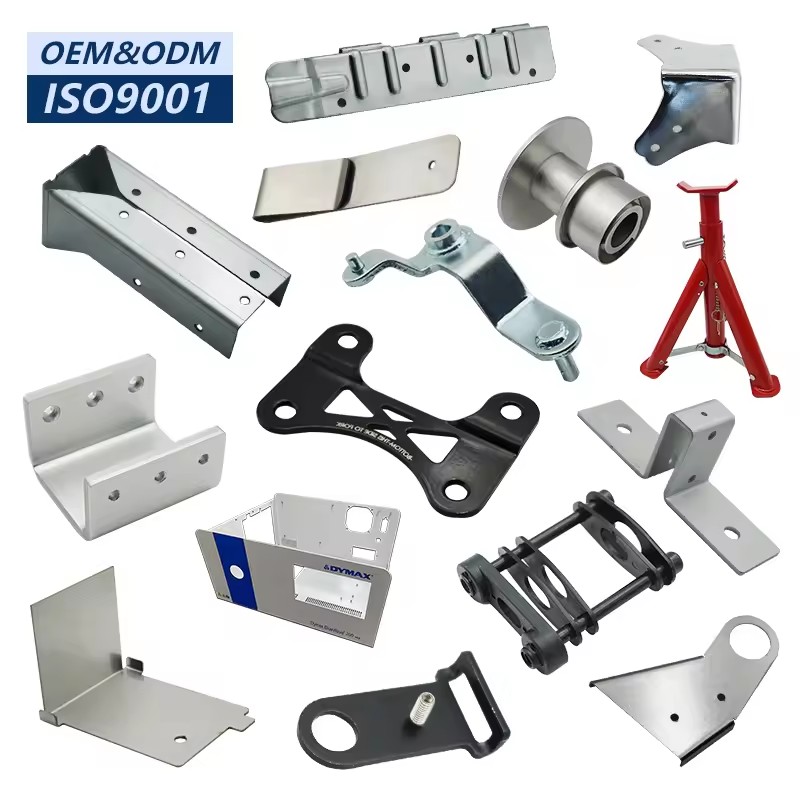What is the Difference Between 7075-T6 and 7075-T62 Aluminum?
 Aug 14,2024
Aug 14,2024

Aluminum alloy 7075 is known for its exceptional strength and is widely used in aerospace, automotive, and high-performance applications. Among the various tempers of 7075, T6 and T62 are two common designations, each representing different heat treatment processes and resulting in slightly different properties. Understanding these differences is crucial for selecting the right material for your specific needs.
What is 7075-T6 Aluminum?
7075-T6 is the most widely used temper of the 7075 aluminum alloy. The "T6" designation indicates that the alloy has undergone a specific heat treatment process involving solution heat treatment, quenching, and artificial aging. This process maximizes the strength of the material, making it one of the strongest aluminum alloys available.

What is 7075-T62 Aluminum?
7075-T62 is another temper of the 7075 aluminum alloy, similar to T6 but with a slightly different aging process. The material is also solution heat-treated and quenched, but the aging process may be slightly varied, either in terms of temperature or duration, which results in subtle differences in mechanical properties.
What Material is 7075 Equivalent to?
7075 aluminum is often compared to other high-strength aluminum alloys and even some steel grades due to its impressive strength-to-weight ratio. Equivalent materials include:
- 6061 Aluminum:While 6061 is not as strong as 7075, it is more versatile and easier to machine, making it suitable for a wider range of applications where ultimate strength is not the primary concern.
- 2024 Aluminum:Known for its high strength and fatigue resistance, 2024 is often used in aerospace applications but is less corrosion-resistant than 7075.
- Steel Alloys:In terms of strength, 7075 aluminum can be compared to some steel alloys like 4140, but with a much lower weight, making it preferable in applications where weight is critical.

What is 7075-T6 SN?
The designation 7075-T6 SN refers to 7075-T6 aluminum that meets specific standards set by certain industries or manufacturers, particularly for aerospace applications. The "SN" typically indicates a special condition or specification required by a customer or for compliance with specific regulations. This can involve stricter controls on composition, mechanical properties, or testing requirements to ensure the material meets the exacting standards of critical applications.
What are the Different Types of 7075 Aluminum?
7075 aluminum comes in various tempers, each offering different properties tailored to specific applications:
- 7075-O:This is the annealed form of 7075 aluminum, providing the highest ductility but the lowest strength. It is used when extensive forming or bending is required.
- 7075-T6:The most common and widely used temper, known for its high strength and good balance of properties.
- 7075-T62:Similar to T6 but with slight differences in aging that can affect mechanical properties.
- 7075-T651:Similar to T6 but with additional stretching to relieve residual stresses, making it suitable for machining where dimensional stability is crucial.
- 7075-T73:This temper involves over-aging, which reduces strength slightly but significantly increases corrosion resistance, making it ideal for marine environments.
Chemical Composition: 7075-T6 vs. 7075-T62
The chemical composition of 7075 aluminum alloy remains consistent across all tempers, including T6 and T62. The alloying elements contribute to its high strength and excellent mechanical properties:
- Zinc (Zn):6-6.1%
- Magnesium (Mg):1-2.5%
- Copper (Cu):2-1.6%
- Chromium (Cr):18-0.28%
- Other Elements:Trace amounts of silicon, iron, manganese, titanium, and others.
This consistent composition across both T6 and T62 ensures that the primary differences between the tempers arise from the heat treatment processes rather than the alloy’s chemical makeup. Both T6 and T62 benefit from the same robust combination of strength and lightweight properties, with differences mainly in mechanical performance due to the distinct aging treatments.
Physical Properties: 7075-T6 vs. 7075-T62
The physical properties of 7075-T6 and 7075-T62 are nearly identical, given that they are the same base alloy. However, the tempering process does not significantly affect these properties:
- Density:Both T6 and T62 tempers have a density of 2.81 g/cm³, making them lightweight yet strong materials ideal for weight-sensitive applications.
- Hardness:The Brinell hardness for both 7075-T6 and 7075-T62 is about 150 HB. This level of hardness ensures that the material is resistant to surface wear and provides good machinability.
- Thermal Conductivity:The thermal conductivity of 7075 aluminum, regardless of temper, is approximately 130 W/m·K. This makes it suitable for applications where efficient heat dissipation is required.
Mechanical Properties: 7075-T6 vs. 7075-T62
When comparing the mechanical properties of 7075-T6 and 7075-T62, it's important to note that both tempers offer high strength, but there are subtle differences that might influence your choice depending on the application.
- Tensile Strength:7075-T6 typically has a tensile strength ranging from 74,000 to 78,000 psi (510 to 538 MPa), slightly higher than the 74,000 psi (510 MPa) commonly associated with 7075-T62.
- Yield Strength:Both T6 and T62 tempers have similar yield strengths, typically between 63,000 to 73,000 psi (434 to 503 MPa) for T6 and around 63,000 psi (434 MPa) for T62.
- Fatigue Strength:7075-T6 has a fatigue strength of 23,000 psi (159 MPa), which is marginally better than the 21,000 psi (145 MPa) of 7075-T62. This makes T6 slightly more suitable for applications involving cyclic loading.
- Elongation at Break:The elongation, or ductility, of 7075-T6 is slightly higher, ranging from 5-11%, compared to 5-9% for T62. This indicates better ductility in T6.

CNC Machining Parts: 7075-T6 vs. 7075-T62 Aluminum
When it comes to CNC machining, both 7075-T6 and 7075-T62 aluminum offer excellent machinability and are commonly used for high-strength parts. However, there are some considerations to keep in mind:
- Dimensional Stability:7075-T651, an alternative to T6 and T62, might be preferable for CNC machining due to its stress-relieved condition, which helps maintain dimensional accuracy.
- Surface Finish:Both T6 and T62 provide good surface finish when machined, though the choice between the two may depend on the specific mechanical requirements of the part.
- Tool Wear:The slight differences in hardness between T6 and T62 are unlikely to affect tool wear significantly, but T6 might cause marginally higher wear due to its slightly higher tensile strength.
Recommendation: For CNC machining applications that require the highest strength and fatigue resistance, 7075-T6 is typically the preferred choice. However, if the specific properties of T62 align better with the mechanical requirements of your project, it can also be an excellent option.
Conclusion
Understanding the differences between 7075-T6 and 7075-T62 aluminum is crucial for selecting the right material for your application. Both offer high strength and excellent mechanical properties, but T6 is generally preferred for its slightly better performance in terms of strength and fatigue resistance. When considering factors like machinability, corrosion resistance, and specific application requirements, the choice between T6 and T62 will depend on the exact needs of your project.
If you need expert advice or high-quality 7075 aluminum for your next project, visit Tuofa CNC Machining for tailored solutions that meet your precise requirements.
 Tel/WeChat:
Tel/WeChat:  Email:
Email: 
 Home
Home
 6061-T6 Aluminum: The Engineers Guide
6061-T6 Aluminum: The Engineers Guide 







